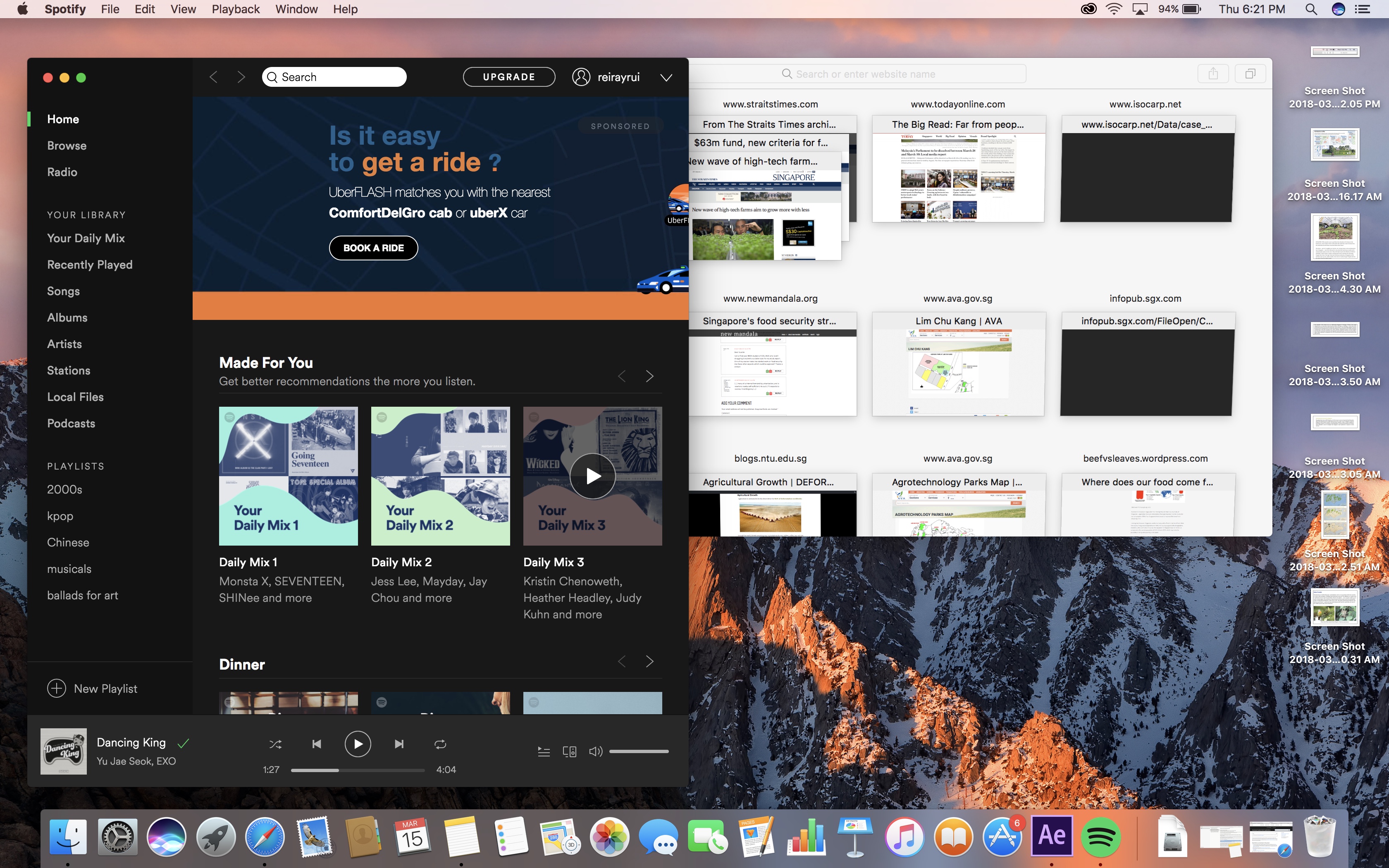Angry women is a five part series done by Annie Abraham exposing how the subject of anger changed the groups dynamics. She was also interested in exploring how the performers managed to maintain their social identity in this experiment.
In a society where authenticity and privacy become endangered it is important to find ways to access our vulnerabilities and doubts, to make them public, to cherish our messy side. We need to make space for the beast in the beauty, to go back to reality, to claim the human. ” – Annie Abraham
Annie Abrahams has embraced the Internet as a medium for live performance for two reasons. The first, as she describes, is to “study human behaviour without interfering in it.”- Randall Packer
I feel that for this performance Awie Abraham was able to leverage on the qualities and characteristics of the third space really well to get her participants to reveal their authentic and true self. By conducting this in a familiar environment of the subject homes coupled with the online animosity of the third space, this has made the participants feel safe enough to reveal and unleash their anger. In addition by having it in a group chat, I feel that the energy of the women and the participants are able to bounce of each other, fuelling the anger to greater height.
I particularly agree with what Annie Abraham has said. Through the constant use of social media, many have been creating false persona or facades of themselves online. However this is very unhealthy. Constant suppression, may lead to a mental breakdown in the long future. Annie Abraham provided an outlet, showing the public that it is okay to show your anger, normalising it. Only then we will be able to embrace our true self, all of our flaws and insecurities.



